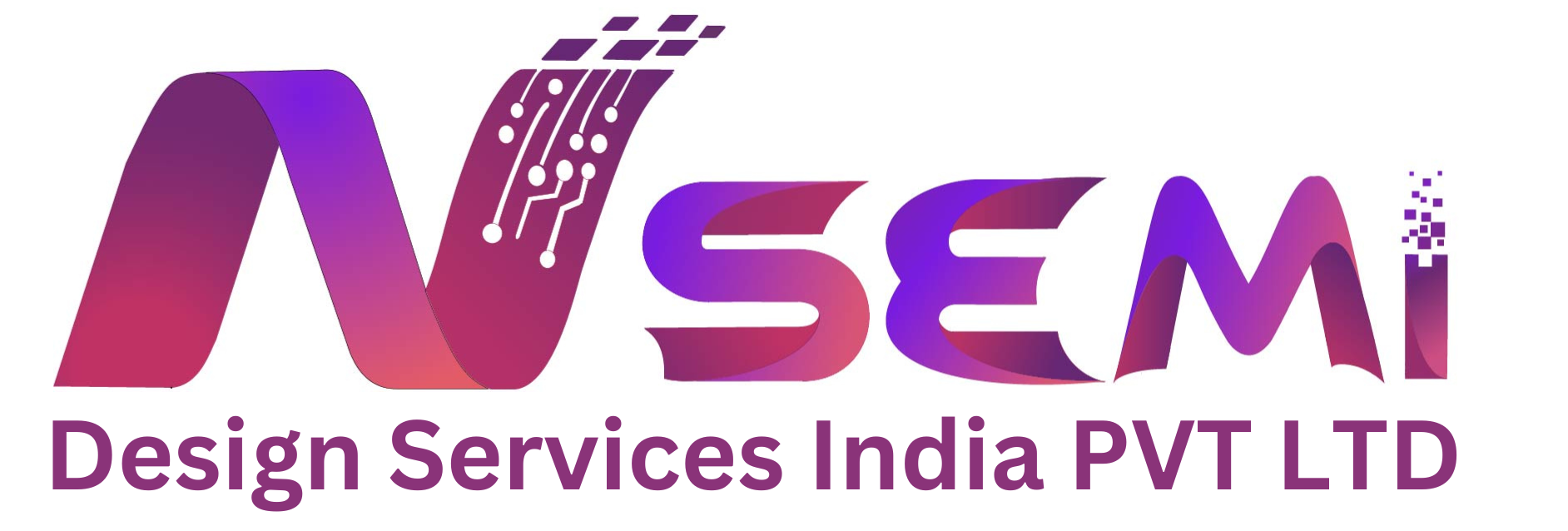
In the world of hardware design and automation, scripting languages play a pivotal role in streamlining processes and improving productivity. One such versatile language is Tool Command Language (TCL). Known for its simplicity and robustness, TCL has become a cornerstone in the VLSI design industry, as well as in other fields requiring automation and customization.
What is TCL?
TCL (pronounced “tickle”) is a dynamic scripting language created by John Ousterhout in the late 1980s. It was designed to be easy to use, flexible, and embeddable. Over the years, TCL has been widely adopted in EDA (Electronic Design Automation) tools, networking, testing frameworks, and more.
Key Features of TCL
- Ease of Learning: TCL’s syntax is straightforward, making it accessible for both beginners and experienced programmers.
- Portability: TCL scripts can run on various platforms without modification, ensuring flexibility in diverse environments.
- Integration: TCL can be seamlessly embedded into applications, allowing users to extend and customize tool functionalities.
- Dynamic Typing: It doesn’t require data type declarations, simplifying the coding process.
- Rich Libraries: TCL offers extensive libraries, such as Tk for graphical user interfaces, making it suitable for a variety of applications.
Why TCL in VLSI?
In VLSI design, TCL scripting is indispensable for managing complex workflows. Its integration with major EDA tools like Synopsys, Cadence, and Mentor Graphics allows engineers to automate repetitive tasks, optimize designs, and handle large datasets efficiently.
Common Use Cases in VLSI
- Automation of Design Flows: TCL scripts are used to automate processes like synthesis, place-and-route, and static timing analysis (STA).
- Custom Reports: Generate tailored reports on design statistics, timing, or power analysis.
- Parameter Management: Modify design parameters dynamically without manual intervention.
- Batch Processing: Execute multiple tasks or analyses in one go, saving time and effort.
- Debugging and Validation: TCL’s interactive shell allows for on-the-fly debugging and validation of design constraints.
Basic Structure of a TCL Script
A typical TCL script consists of commands and procedures. Here’s an example:
# Hello World in TCL
puts "Hello, World!"
# Define a procedure
define_area {length width} {
set area [expr $length * $width]
return $area
}
# Call the procedure
set result [define_area 5 10]
puts "The area is: $result"Explanation:
puts: Prints output to the console.expr: Evaluates mathematical expressions.set: Assigns values to variables.proc: Defines a reusable procedure.
Advantages of TCL in Automation
- Time Efficiency: Automating tasks reduces manual effort and accelerates design cycles.
- Error Reduction: Scripts minimize the chances of human error in repetitive tasks.
- Flexibility: TCL’s dynamic nature allows users to modify scripts for evolving requirements.
- Scalability: Handle large and complex designs with ease using TCL-based workflows.
Tips for Effective TCL Scripting
- Follow Naming Conventions: Use meaningful variable and procedure names for clarity.
- Comment Your Code: Add comments to explain the logic and improve maintainability.
- Use Procedures: Break down scripts into reusable procedures for modularity.
- Leverage Built-in Commands: Familiarize yourself with TCL’s rich set of built-in commands to simplify coding.
- Test Incrementally: Debug and test your scripts in small sections to identify issues early.
TCL Beyond VLSI
While TCL is a favorite in VLSI, its applications extend to:
- Networking: Configuring devices and automating tests.
- Testing Frameworks: Writing test cases for software and hardware validation.
- GUI Development: Using the Tk library for creating user-friendly interfaces.
Conclusion
TCL scripting is a powerful tool that enhances efficiency, productivity, and flexibility in VLSI design and numerous other domains. Its simple syntax, integration capabilities, and adaptability make it an essential skill for engineers and developers alike. Whether you’re automating design workflows or crafting custom tools, mastering TCL can unlock new levels of performance and innovation.







